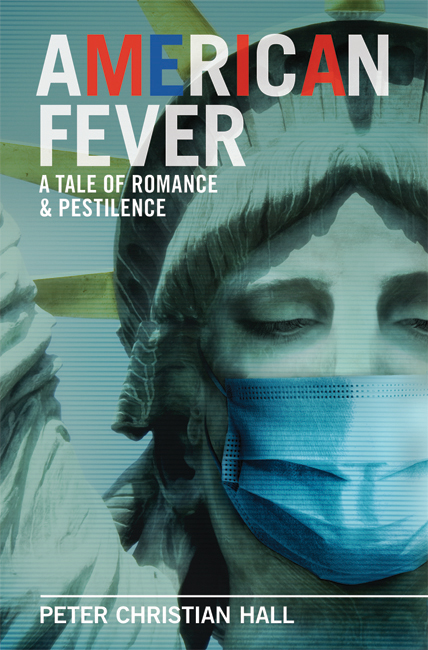Day 141: My Lost Pigeon
People are screaming. First, that I’ve raised prices. We’re still cheaper than the competition, but yeah, we lost a lot of masks. Plus Fitch lost his job—like half my customers.
The loudest complaints concern the poor dead bird whose photo I ran.
Let’s be clear: I like pigeons, though I don’t feed them. So what if the French rather stupidly brought them to North America? (At least they got other Europeans to use soap.) Bear in mind that Shakespeare fanatics brought starlings here. These shed more H5N1 than pigeons or sparrows, though they seem better at resisting it.
 A PIGEON OF INDUBITABLE QUALITYA pigeon once shat on my head at the start of my first and last date with someone who didn’t regard it as good luck. Yet I admire them. When I was very young, my dad rescued an injured pigeon. He built a coop in our basement and freed the lucky bird after her wing healed. I hate the vans that come to New York’s streets to kidnap our pigeons for live-target shooting (see video and story) in Pennsylvania. I oppose the chickensh*t shooting of animals sprung from boxes no less than I oppose gun control.
A PIGEON OF INDUBITABLE QUALITYA pigeon once shat on my head at the start of my first and last date with someone who didn’t regard it as good luck. Yet I admire them. When I was very young, my dad rescued an injured pigeon. He built a coop in our basement and freed the lucky bird after her wing healed. I hate the vans that come to New York’s streets to kidnap our pigeons for live-target shooting (see video and story) in Pennsylvania. I oppose the chickensh*t shooting of animals sprung from boxes no less than I oppose gun control.
In the Near East, ancient pigeons were cultivated so their dung could be used for fertilizer, and later for gunpowder. The finest can fly hundreds of miles at 60 mph. Their still-mysterious homing instincts won wars. The CIA once developed a pigeon cam. Pigeons are cooperative lovers, monogamous for life and rarely brutal. Some are truly beautiful—gleaming white with green and violet highlights. Here’s a nice one I photographed last summer in Tompkins Square Park.
Meanwhile, I’ve discovered that Nina has vanished. I wanted to make sure she was okay, but she didn’t respond to emails. When I found her cell phone disconnected, I called her office and wound up speaking with someone who started to say she had left the bank, then clammed up when I admitted my interest is personal. I called back to leave word for her blonde office pal from Tennessee, whose name came back to me after two hours of concentration. Her honeyed voicemail message said she was working remotely and would get back to me. Nothing so far. She could be dead by now.
Nina’s email and social network accounts are down, too. (She had defriended me before she moved out, but now she no longer exists for anyone.) I don’t know where she was living since then. I even contacted her condescending old friend ‘Growly,’ who said she hasn’t heard from Nina since they argued about something six weeks ago. She has no numbers for Nina’s family members, none of whom I’ve met.
I know Nina’s mother lives in South Dakota, but “Dustville” evidently isn’t the town’s real name. (Yes, I checked.) Nor do I know her mom’s last name, which reportedly changes frequently. I hope Nina was telling the truth about having antibodies to H5N1.
This is what it must be like to live in a war zone. Imagine not knowing for years if someone you care deeply about is alive or dead. It hurts to picture Nina out there—jobless, out of touch, surrounded by desperate people.
Management Of Dead Bodies In Disaster Situations
Lisa’s corpse still awaits pickup. The Irishman called for counsel but wouldn’t let me come over. I directed him to the Pan American Health Organization’s Management Of Dead Bodies In Disaster Situations. You can download the PDF, which assures that corpses do not pose epidemic health risks. (Since dead people don’t breathe, they tend to be less dangerous than we, the living, are.) Still, he can’t leave her there.
The death toll must be soaring. In 1918 they covered up the mortality rate to keep Americans focused on the War Effort. The Irishman puzzles over our government’s nonperformance. He politely mentioned that his contacts in Ireland and in the U.K. say they haven’t heard of anyone left to rot over there. As our chosen city has forsaken our dead love.
Typically, like some parody of a Jewish mother, I urged him to drink lots of water and to eat at least soup and crackers. He’s fed up with the flu diet. Probably sick of us, too.



 [American Fever]
[American Fever]